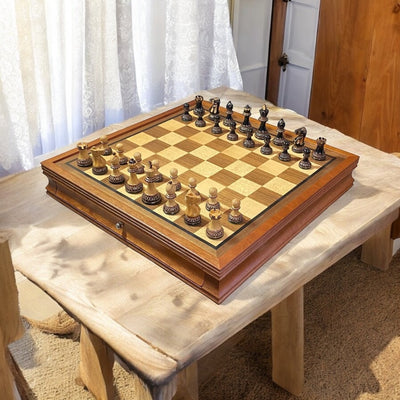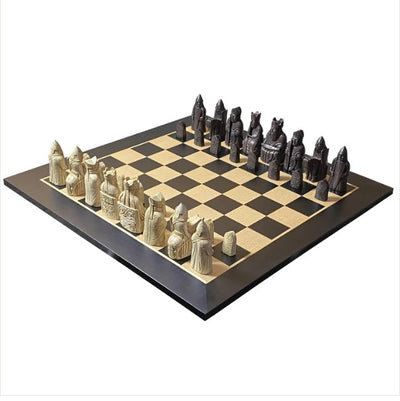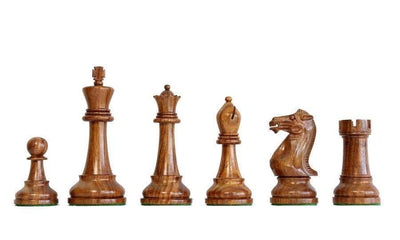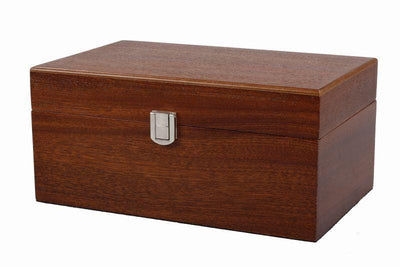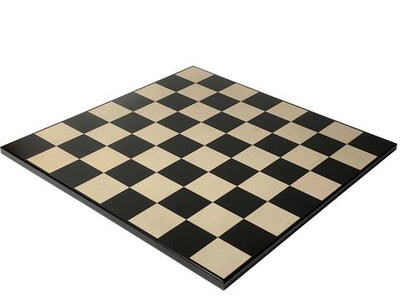25 Interesting Chess Facts
Today we wanted to explore a different style of blog, something a little unusual, but fun at the same time! We won’t be discussing strategy, tactics, endgames, middle games, psychology and any other political chess related topics, no! We will be enjoying some thrilling facts about chess history that not many people may be aware of. From chess history to the longest game of chess. This fun and informative blog should help you to improve your knowledge of the game and it’s origin.
Let’s commence the opening sequence of 25 interesting chess facts:
Number One:
The number of unique chess games is far greater than the amount of electrons in the entire universe. To put this into perspective, there are estimated to be 10^79 electrons in the universe, while the number of unique games is 10^120.
Number Two:
The longest castling move conducted was during the chess game between Bobotsor vs. Irkov in 1966: 46. 0-0.
Number Three:
In 1561, Castling consisted of two moves. The sequence played was R-KB1 on one move and K-KN1 on the next.
Number Four:
The term “Checkmate” originates from the Persian phrase “Shah Mat,” which translates to “the King is dead.”
Number Five:
Blathy, Otto (1860-1939), was credited for crafting the longest chess problem which was mate in 290 moves.
Number Six:
In 1973, the police raided a chess tournament that took place in Cleveland. The arrested the tournament director and removed the chess sets on charges of permitting gambling and possessions of gambling devices (the chess pieces and boards).
Number Seven:
There are 122 million possibilities of a knight’s tour.
Number Eight:
The longest chess game lasted 269 moves (I. Nikolic – Arsovic, Belgrade 1989). The game ended in a draw.
Number Nine:
From the start, there are eight different ways to Mate in just two moves and there are 355 alternative ways to Mate in three moves.
Number Ten:
Advancing two squares on its first move instead of one is called the new pawn move. This move was firstly introduced in 1280 -Spain.
Number Eleven:
Dr. Emanuel Lasker from Germany kept the title of World Chess Champion for a longer period than any other player in the history of the championship: 26 years and 337 days.
Number Twelve:
In 1985 Garry Kasparov became the youngest World Chess Champion in history. He was only 22 years old at the time.
Number Thirteen:
The first ever chess board with light and dark squares came about in 1090 - Europe.
Number Fourteen:
In the 1972 Fischer-Spassky match in Rekjavik, the Russians linked Spassky’s erratic play with Fischer’s chair. The organization in Iceland put a 24-hr Police officer next to the chair while chemical and x-ray tests were carried out on the chair. Nothing unusual was detected.
Number Fifteen:
The first ever mechanical chess clock was created by Thomas Wilson in 1883. Before this invention, sandglass timers were used to time chess matches. They were first used in 1862 - London.
Number Sixteen:
The folding Chess board was created in 1125 by priests who enjoyed chess. The church forbade priests to play chess so the clever priest hid his chess board by creating one that looked simply like two books next to one another.
Number Seventeen:
The worst chess performance by a player was Macleod from Canada, he lost 31 games in the New York double-round robin of 1889.
Number Eighteen:
Eric Knoppert played five hundred games of ten-minute chess in 68 hours.
Number Nineteen:
Albert Einstein was close friends with World Chess Champion Emanuel Lasker. In 1936, Albert interviewed with the New York Times and stated “I don’t play any games. There isn’t any time for it. When I'm done with work, I don’t want anything that requires the working of the mind.” though he did take chess up in later life.
Number Twenty:
There were seventy two consecutive Queen moves in the Mason-Mackenzie game that happened in London, 1882.
Number Twenty One:
Players who are new to the game of chess are often called Rookies. The nickname originated from the rook piece in the chess game. Rooks are generally the last pieces to be moved into action.
Number Twenty Two:
A Computer Program named Deep Thought successfully beat an International Grandmaster of chess in November 1988 - Long Beach, California.
Number Twenty Three:
There are over 1,000 different openings in chess including variations within larger openings/defenses that one could ever learn.
Number Twenty Four:
The second book to ever be printed in the English language was about chess.
Number Twenty Five
To behind with, the Queen could only move one square at any given time, diagonally. Later, the Queen could move two squares at a time, diagonally. It wasn’t until Reconquista Spain, with its powerful queen Isabella, that the Queen came to be the strongest piece on the board!


